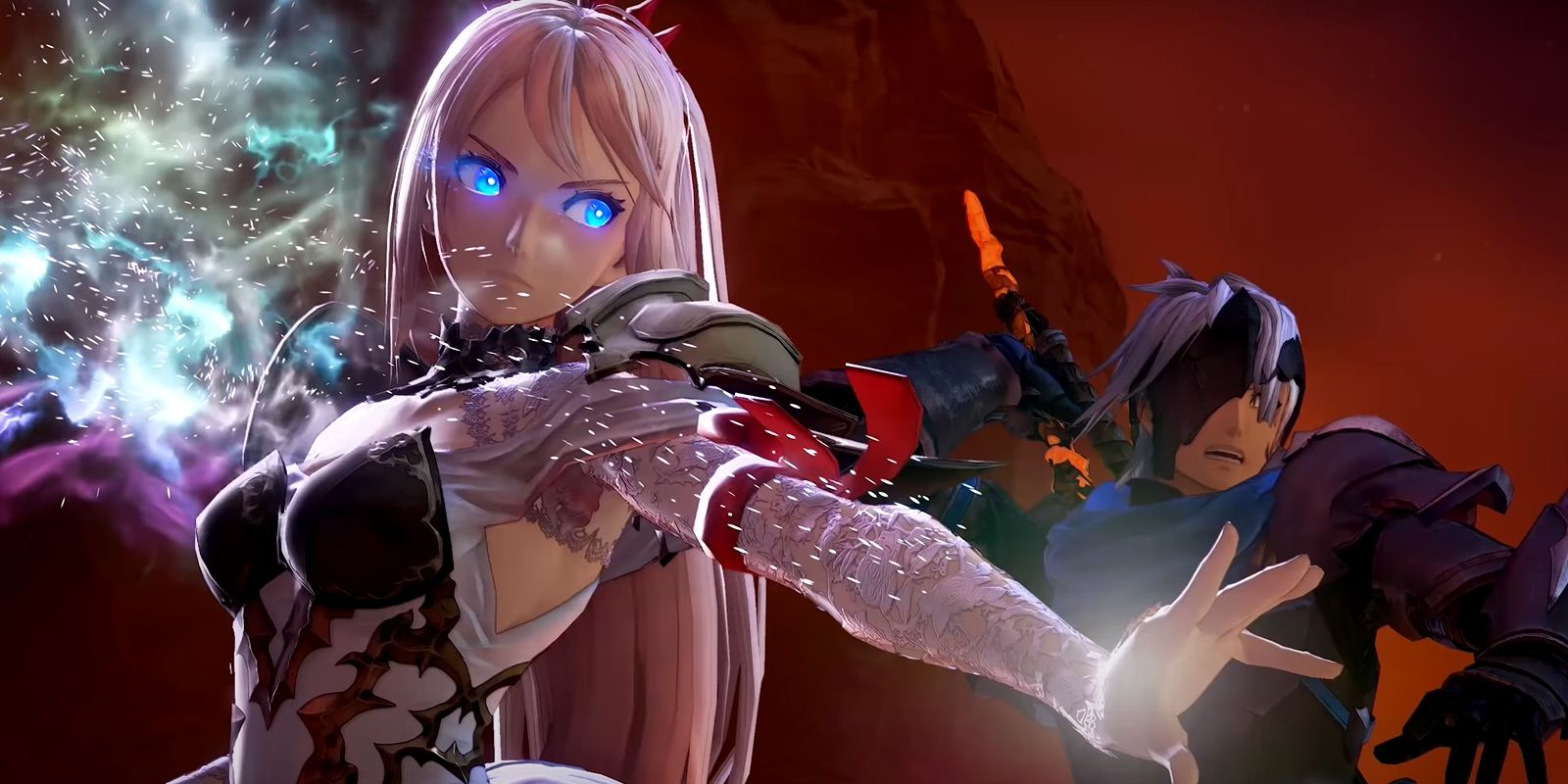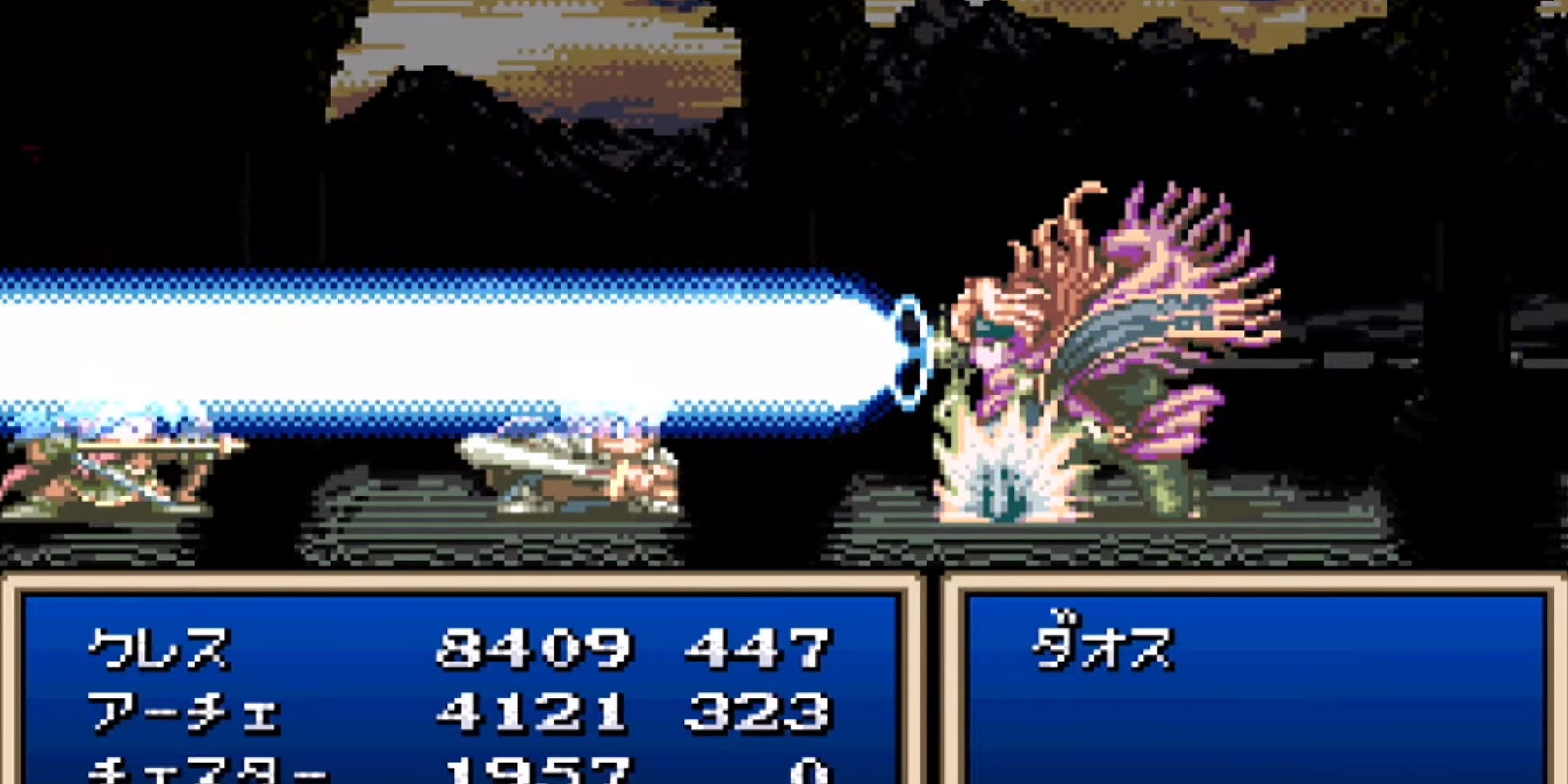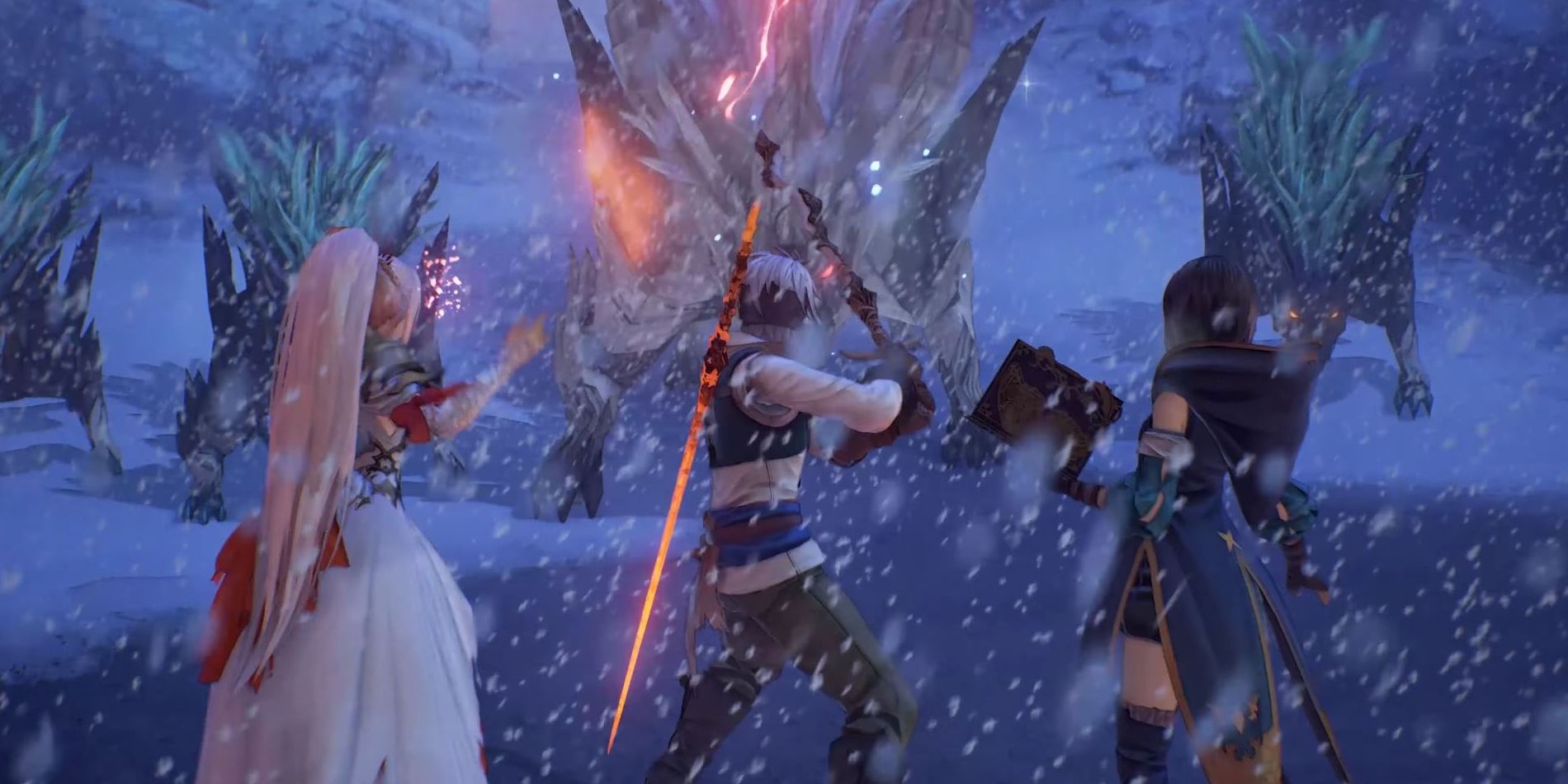The Tales series is best known for two things: introspective storytelling that addresses real-world themes, and its Linear Motion Battle System that combines traditional RPG mechanics with the fast-paced action of fighting games. Unlike other franchises such as Final Fantasy and Shin Megami Tensei, Tales was rooted in real-time action from its inception. This may not be surprising given developer Bandai Namco's work on Tekken and SoulCalibur, and Tales has certainly taken influence from them while also developing its own identity.
Despite the word "Linear" in its title, Tales' battle system has always been dynamic and experimental. Almost no two games use exactly the same mechanics, and the developers are constantly striving to make each new title faster and deeper than the one that came before. While some have certainly been better than others, no one could accuse Bandai Namco of resting on its laurels when it comes to gameplay. With the upcoming Tales of the Arise promising the biggest and best battles yet, it's time to examine what makes the series' fighting so fantastic.
The Linear Motion Battle System began with the series' first game, 1995's Tales of Phantasia. Back then, it was a relatively simple affair. Players controlled one character from a party of four, using physical attacks and powerful skills called "artes" to build combos. Similar to Super Smash Bros.' special moves, artes were used with an action button and directional input, but players were always free to swap them out upon learning stronger ones. Other characters were controlled by the game's AI, though players could issue commands like targeting specific foes with magic or healing weakened allies.
While Phantasia's gameplay was admittedly incomplete, it was unique enough to stand out in the sea of turn-based games. The next few titles would refine its fighting further, but it wasn't until Tales of Symphonia that the pieces really fell into place. It took everything its predecessors introduced, from a wider range of fighting styles to longer combos and team attacks, and brought them to the next level.
By combining these elements with branching arte evolutions, more combo-friendly skills and Unison Attacks that saw multiple characters combining their artes, Tales made good on its promise as an action-RPG/fighting game hybrid. The series' multiplayer features were the icing on the cake, allowing several players to build combos that would be impossible for a single fighter.
Despite striking gold with Symphonia, Bandai Namco continued to innovate --though that ambition has sometimes been its undoing. Tales of the Abyss improved on every one of Symphonia's successes except for its roster. Though its smaller cast received far more story development, they weren't the most diverse band of fighters.
The next console game, Tales of Vesperia, returned to having a large party of unique characters, but unfortunately overcomplicated them. While its battle system is one of series' best, unlocking all of the combos, alternate skills and aerial capabilities takes a lot of time. As such, many casual players never experienced its true depth, and some dismissed it as brainless button-bashing.
Still, it's this pursuit of constant improvement that makes the LMBS so special. Whereas competitors like Square Enix have used the same combat system for years, Bandai Namco always tries to bring something new to each game in the series. For the most part, this approach has succeeded.
The Tales of Destiny remake introduced Chain Capacity, which allowed players to combo instantly from one move to another so long as they had the action points to do so. This gave players an unprecedented amount of freedom, allowing them to craft more creative attack chains. Starting with Tales of Xillia, the series began experimenting with letting players switch their full party in and out of combat. This encouraged experimentation, letting fans get a taste for each character's abilities to avoid being stranded if their main fighter went down.
The upcoming Tales of Arise has been described as using an updated Linear Motion Battle System "with Dynamic Action features." What those features are have yet to be fully revealed, but the developers have promised several options for fighting on the ground and in the air, suggesting a higher degree of maneuverability.
Furthermore, the new Boost Strikes are reminiscent of Symphonia's Unison Attacks, and some character-specific actions, like Dohalim's extendable staff or Alphen's Blazing Sword, call to mind Berseria's unique abilities. Like Symphonia before it, Arise looks to be taking the best parts of its predecessors and updating them for the current generation. Time will tell if the game can shine as brightly when it finally releases this September.



